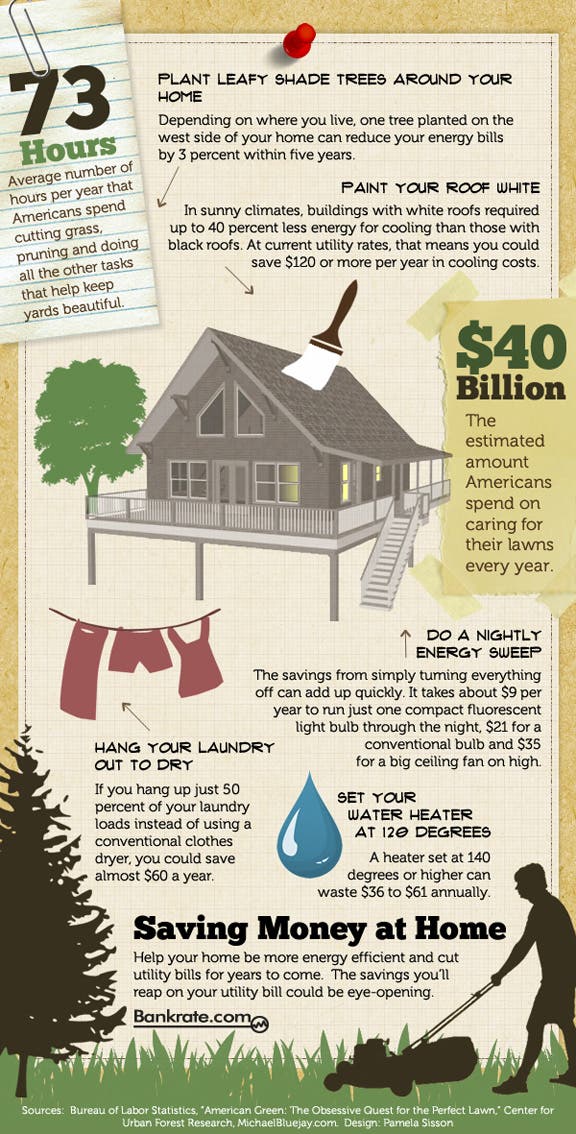Seek Substantial Cautions That Your Tree Could Be A Risk; Knowing These Can Assist Protect Your Home And Your Family.What Should You Watch Out For Next?
Seek Substantial Cautions That Your Tree Could Be A Risk; Knowing These Can Assist Protect Your Home And Your Family.What Should You Watch Out For Next?
Blog Article
Material Create By-Lillelund Connell
When it concerns tree treatment, acknowledging the signs that it's time for elimination is crucial for your safety and home. You could notice stained leaves, wilting branches, or weird fungal growths suggesting health problems. Structural issues, like a significant lean or fractures in the trunk, can additionally position risks. Recognizing these warning signs can assist you make educated choices concerning your trees and protect against potential risks hiding in your backyard. What should you seek next?
Indicators of Degeneration and Illness
When you discover indications of decay and condition in your trees, it's important to act quickly. Look for discolored fallen leaves, wilting branches, or unusual developments like fungi. These can indicate that your tree is having a hard time.
If you see cracks in the bark or soft, mushy timber, these symptoms recommend inner degeneration. In addition, an unexpected rise in insects around your tree can signal that it's weakened and at risk.
Check for any kind of dead or dying limbs, as they pose a risk to your residential or commercial property and safety. If you're uncertain about what you see, speaking with an arborist can give quality.
Resolving these indications early can conserve you from a lot more comprehensive damage and make certain the health of your lawn. Don't wait till it's far too late.
Structural Instability and Leaning
As you observe your trees, watch out for any signs of architectural instability or leaning. If a tree leans substantially, it may indicate that the root system is jeopardized.
Try to find any type of splits in the trunk or dirt around the base; these can indicate prospective failing. Furthermore, look for uncommon growth patterns, like an uneven crown, which might suggest that the tree is battling to hold itself upright.
If you observe that the tree favors your home, high-voltage line, or other structures, it presents a better risk. Don't ignore these signs-- speak with an arborist to examine the situation.
Acting early can prevent source for this article and ensure your security.
Dead or Perishing Branches and Foliage
If you observe dead or passing away branches and vegetation on your tree, it's a clear indicator that something's wrong.
These undesirable locations can show underlying issues like illness, bug invasions, or ecological anxiety. When https://www.idealhome.co.uk/garden/garden-advice/garden-landscaping-21287 lose their leaves or turn brownish, they're no more adding to the tree's health. Disregarding these indicators can result in further decline, making your tree more dangerous.
Dead branches can conveniently break off throughout storms, posing a threat to property and people nearby. It's important to assess the degree of the damage.
If the trouble affects a substantial part of the tree, consider speaking with a specialist. They can help determine if elimination is required to make sure safety and preserve the appeal of your landscape.
Verdict
If you observe any type of indicators of degeneration, structural instability, or dead branches on your trees, don't neglect them. These indications can position severe safety risks to you and your building. It's constantly best to speak with a specialist arborist that can supply a professional analysis of your trees. Doing something about it early can stop accidents and expensive damage, guaranteeing your landscape remains risk-free and healthy. Remember, it's better to be positive about tree treatment than to wait for a disaster to take place.
